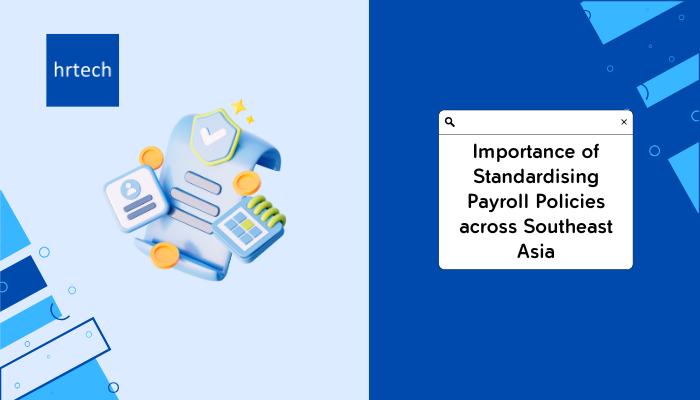In the diverse and rapidly changing environment of Southeast Asia, businesses face unique challenges, particularly as they expand across borders. One critical area that often gets overlooked in regional expansion is payroll management. With varied labor laws, tax regulations, and cultural nuances across the region, standardizing payroll policies can play a transformative role for large enterprises. This blog delves into why standardizing payroll policies is essential for businesses in Southeast Asia and how it can contribute to organizational efficiency and employee satisfaction.
Why Should Compliance Be Your Top Priority?
Managing payroll across multiple countries with varying regulations is no small feat. Governments in Southeast Asia frequently update labor laws and tax codes, making it crucial for businesses to stay compliant.
- Centralized compliance monitoring: Standardized systems make tracking changes in regulations easier, ensuring your policies are always up to date.
- Country-specific adaptations: While standardization creates a framework, it also allows for region-specific customizations, ensuring that local nuances are respected.
- Avoiding penalties: Non-compliance can lead to significant financial and reputational damage, which standardized systems can help avoid.
With a streamlined policy in place, businesses can focus on growth without the fear of legal complications.
But compliance is just the beginning; let’s dive into how operational efficiency gives you a leg up.
Operational Efficiency: A Competitive Edge
Operational efficiency isn’t just about saving money—it’s about creating a seamless workflow that empowers HR teams and improves organizational agility.
- Uniform processes across countries: By standardizing payroll, HR departments no longer have to juggle different systems or manually consolidate data from various regions.
- Integration with other systems: Standardized payroll policies can be synced with time-tracking tools, leave management systems, and performance evaluation software.
- Consistent auditing: A unified approach simplifies internal and external audits, reducing the time and effort required to maintain transparency.
What Does Standardization Mean For Employees?
Payroll issues directly impact employee morale. It’s not just about timely payments—it’s about building trust and creating a transparent environment.
- Eliminating pay disparities: Employees across different locations should feel they are treated equitably. Standardization ensures parity in pay structures and benefits.
- Clear communication: A unified policy allows HR teams to communicate compensation details effectively, reducing misunderstandings.
- Cultural sensitivity: By incorporating region-specific benefits and allowances into the framework, businesses can show respect for local customs and practices.
Happy employees stay longer, perform better, and contribute more to organizational success.
Speaking of employees, let’s unravel the complexities of cross-border challenges and how standardization works its magic.
Tackling Cross-Border Challenges With Ease
Cross-border employee transfers are often a logistical headache. Without standardized payroll policies, the process can become unnecessarily complicated. Here’s how standardization solves this:
- Smooth onboarding for transfers: Employees moving to a new country within the organization can be quickly onboarded under the same payroll system.
- Compliance across jurisdictions: Standardized policies help businesses align with both home and host country requirements, reducing tax complexities for relocated employees.
- Employee confidence: When employees know their financial arrangements are secure, they’re more willing to take on international assignments.
For large enterprises, smoother mobility means better use of their talent pool.
The Tech Advantage: Seamless Integration With CADENA HRMS
Standardized payroll systems pave the way for advanced technological solutions like CADENA HRMS.
- Data security: A centralized system offers better data protection by using uniform encryption standards, reducing the risk of breaches.
- Customization made easy: CADENA HRMS allows businesses to adapt standardized policies to meet local legal requirements without creating silos.
- Support for multi-currency payments: For businesses operating in regions with diverse currencies, CADENA HRMS simplifies payroll by automating currency conversions.
Technology doesn’t just complement payroll systems; it transforms them.
But hold on, because these systems offer even more through the power of data insights.
Data-Driven Insights For Smarter Decisions
Payroll isn’t just an administrative task—it’s a source of valuable data. Standardized systems allow for:
- Enhanced workforce analytics: Insights into payroll trends, such as overtime costs or turnover rates, enable better workforce planning.
- Forecasting financial impacts: A consistent framework provides accurate data for financial forecasting and budgeting.
- Improved diversity metrics: Tracking pay equity across different demographics becomes easier with unified systems.
Data-driven strategies help businesses optimize their operations and remain competitive.
How Does Standardized Payroll Simplify Scaling Challenges?
Scaling up operations can strain existing payroll systems, but standardization ensures that growth doesn’t mean chaos.
- Quick adaptation to new markets: Expanding to new countries often involves onboarding a new workforce. A standardized payroll system ensures a smooth transition.
- Future-proofing the business: As the organization grows, the standardized framework can scale without the need for a complete overhaul.
- Simplified vendor management: With a single system, managing third-party payroll vendors becomes less complex, saving both time and money.
Last but not the least, let’s tackle the challenges in standardizing payroll.
Challenges To Consider In Standardizing Payroll
While the benefits of payroll standardization are clear, businesses should be prepared for potential challenges:
- Initial implementation costs: Standardization requires investment in technology, training, and restructuring.
- Resistance to change: Employees and HR teams may initially resist transitioning to a new system. Clear communication and training can ease this process.
- Local customization needs: Standardized systems must still accommodate unique country-specific requirements to avoid alienating local teams.
Addressing these challenges early ensures smoother implementation and long-term success.
Conclusion
Standardizing payroll policies across Southeast Asia is more than a necessity—it’s an opportunity to drive efficiency, compliance, and employee satisfaction. For businesses seeking growth in this dynamic region, platforms like CADENA HRMS offer the tools needed to succeed.
By embracing standardized payroll systems, enterprises can navigate complexities with ease, foster a loyal workforce, and unlock the true potential of their operations in Southeast Asia.Ready to transform your payroll management? Explore how CADENA HRMS can streamline your processes and set your business up for regional success. Contact us today!







